By David Moore
Primitive kitchen tools have always been a great collecting standard. These old utilitarian antiques of the late 18th to mid-19th centuries are great to look at and make wonderful displays.
Build-Your-Own and Back Again
The Industrial Revolution started in the 1790s in England. In the United States the Industrial age caught on a little later in the early to mid-19th century. By the end of the American Civil War the U.S. was on its way to becoming the most industrialized nation in the world. As a result of industrialization, kitchen tools and everything else used in everyday life were being mass produced and old hand made primitive kitchen tools faded into the past. By 1900 only the people living in rural areas and farmers still used primitive kitchen tools. The depression era of the late 1920s to mid-1930s saw a resurgence in kitchen primitives as people around American could not afford to buy necessities of life and started making their own, once again.
These late 18th and early to mid-19th century primitive kitchen tools were made by hand and some say were the earliest form of American utilitarian folk art as each tool was hand-made or hand-carved and different in its own way. They were tools made of necessity and used until they were used up, and then continued to be used! Because of this, good examples of primitive kitchen tools are hard to find. Still, it is my opinion that one can find great buys on primitives and many are still available in antique shops, flea markets and auction venues at great prices.
Used Primitives: Proceed With Caution
A word of caution in using primitives today. Many pieces were made using materials that we know today are hazardous to health and wellbeing, such as anything made with lead or painted with leaded paint. Whereas they might be safe to display, they would not be safe to use.
In my opinion, late 18th and early 19th century kitchen primitives are highly collectible and one of the more affordable collectibles in today’s antique marketplaces. If you would like to collect pre-industrial revolution kitchen primitive tools but are on a budget, here are a few great pieces that were purchased in the past year for under $250 each.
The Basics
One cannot collect primitive kitchen tools without an antique Butter Churn. In bygone days when you needed butter one did not go to the store and pick it up. The cow had to be milked and the cream rendered before pouring it into the churn, which was then churned until butter was formed. It was a time consuming and labor-intensive chore
Decorative candy and cookie molds were hand carved from wood from the Revolutionary War period through the Victorian era in American homes. Like butter molds, the designs on wooden candy and cookie molds were all hand carved. Often they depicted simple geometric designs but many carvers brought personal touches to these molds that reflected their culture with an added touch of whimsy. These often were reflective of the Dutch, Swiss, and Germans who had immigrated to this country and brought their baking and decorative skills with them.
The hand carved wooden candy mold
Kitchen Tools & Tableware
The mortar and pestle was a necessity in every kitchen in early America. A multi-purpose tool, this was used to grind grains for bread and baked goods, preparing herbs and other items from nature to use as first-aid poultices for injuries, or to create flavorings and rubbings to preserve meats and game.
In
The circa 1820s tin 12 candle mold with handle (
The flour and dough cabinet was a staple in just about every American kitchen in the late 18th and 19th centuries. Pictured in
Here
ring handles, and a copper ladle with a hand forged iron handle. Three wonderful early to mid-19th century primitive kitchen tools.
What every cook needed before the iron dinner bell became the most common way to call husband and kiddies home for meals was the tin dinner horn.
Pre-industrial revolution primitive kitchen tools will always be collected for their beauty and utilitarian past. These great primitive pieces of history are truly one of America’s great utilitarian folk art genres.
Remember to collect what you like and enjoy what you collect. Whether it is using the primitive kitchen tools the way they were made to be used, or just admiring them for their beauty and place in your collection.
Please note – in writing this article, I visited four families who collect, and some still use, pre-industrial revolution primitive kitchen tools. They most graciously allowed me to take photos of a few of their wonderful treasures and I am happy to share them with you.
David Moore is an antique dealer appraiser, the owner of Waterman’s Antiques, and president of the Indiana Archeological Society. He is a published author, with over 50 years of experience in the research, study, and appraisal of antiques and collectibles. David is also a regular contributor to the Journal of Antiques & Collectibles’ “Appraisers Corner.”




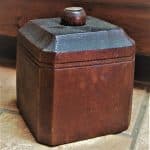
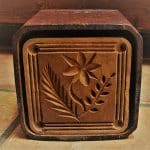

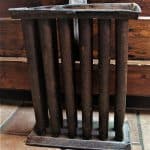
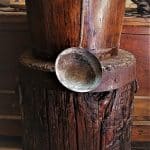
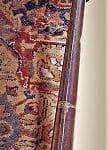
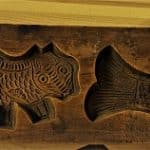
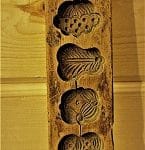
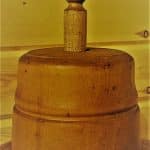






Related posts: